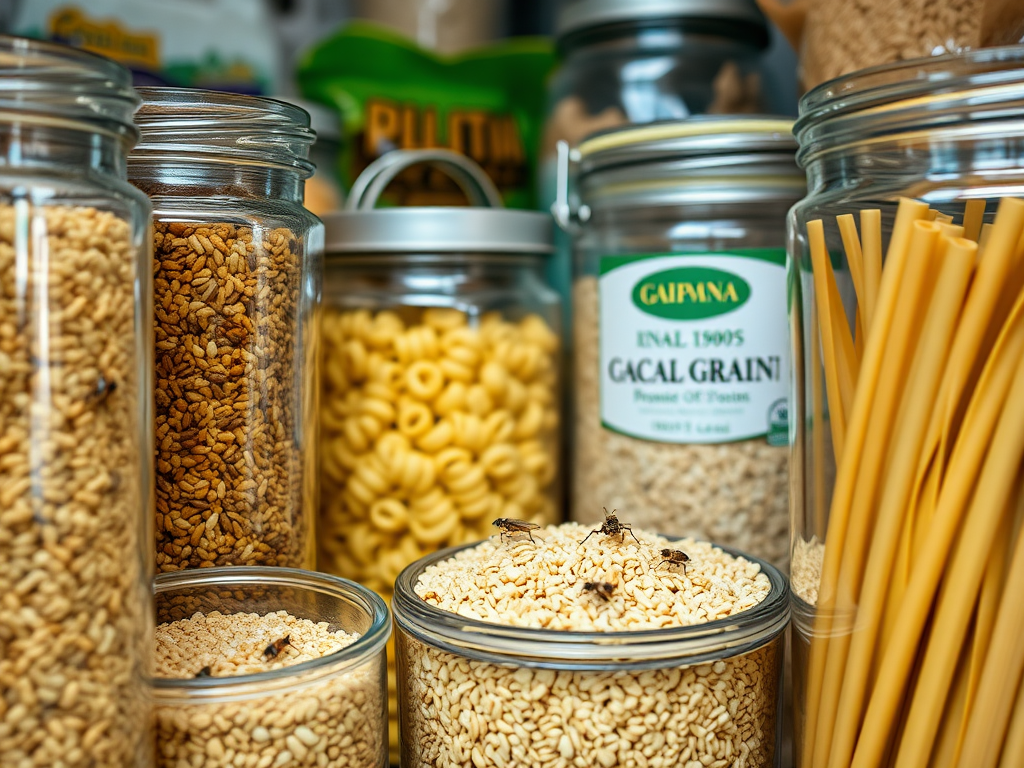When you embark on the journey to create a beautiful Christmas wreath, the first step is to gather your needed materials. You’ll want to look for a variety of textures and colors from the great outdoors to give your wreath a natural looking appearance.
Selecting the Right Greenery
- Types of Greenery to Consider:
- Pine branches for a classic Christmas look and scent.
- Eucalyptus for a unique texture and fresh aroma.
- Holly branches with berries for a splash of color.
- Cedar and spruce branches for voluminous fluffiness.
- Where to Find Natural Greenery:
- Your own backyard or garden.
- Nearby woods or forests, ensuring you have permission and abide by local foraging rules.
- Local florists or garden centers typically stock a variety of greenery during the holiday season.
When choosing the right greenery, be sure to select branches and foliage that are fresh and flexible. This will ensure your Christmas wreath remains vibrant for longer, making sure it will last throughout the festive period.
Incorporating Natural Accents
Adding natural accents like pine cones, seed pods, and red berries can give your wreath more natural flair and personality. Consider the color and texture these elements will add and how they will complement the foliage.
| Natural Accents | Description | Potential Source |
|---|---|---|
| Pine Cones | Adds texture and a rustic appeal | Forest floor, craft stores |
| Berries | Provides color contrast; holly is popular | Wild bushes, garden centers |
| Seed Pods | Unique shapes for visual interest | Dried flower markets, gardens |
Sources for these accents can range from personal foraging expeditions to specialty craft stores. When foraging, be respectful of natural habitats and take only what you need, making sure to adhere to any regional guidelines.

Constructing the Base of Your Wreath
Once you have your natural materials in hand, you will need to create the foundation of your wreath. This base will determine the ultimate shape and size of your wreath.
Crafting the Wreath Form
There are several options for natural wreath forms. You can use vine-like plants, such as grapevine or willow, to create a more natural base, or opt for pre-made wreath frames that often come in wire or straw forms. Here is a step-by-step guide to creating a form using vine branches:
- Choose long, flexible branches that can be easily bent without snapping.
- Form the branches into a circle of your desired size, overlapping the ends.
- Secure the junctions with florist wire or natural twine, checking the stability of the frame.
Attaching the Greenery
With your wreath base ready, it’s time to start attaching the greenery. Usually, a wire frame is the easiest type of form to work with, as you can simply thread the stems of your greenery through the frame. Here’s how it’s done:
- Begin by laying out your branches along the frame to plan out even spacing.
- Trim the stems to a manageable length, typically 4-6 inches.
- Secure the branches to the frame using floral wire, twisting it tightly at the back of the frame.
- Layer the greenery, making sure to cover the stems and wire of the previous layer to achieve a full look.
Choose branches from different types of Christmas trees and other evergreens to give your wreath a varied and lush appearance. Be sure to secure everything well, making sure your natural materials will hold up against the elements if your wreath is displayed outdoors.

Designing Your Wreath
With your base covered in a lush layer of greenery, you are now ready to give your wreath a unique character by arranging natural accents. This is where creativity truly comes into play, and there’s no right or wrong way to go about it.
Arranging Your Accents
Design principles come in handy when arranging your accents. Keep balance, color contrast, and composition in mind to create an attractive and harmonious appearance. Here are a few steps to follow when placing your accents:
- Lay out your chosen accents around the wreath before securing them to spot any gaps and ensure an even distribution.
- Start by placing the largest items first, such as pine cones, and use these as anchor points around the wreath.
- Fill in with smaller items like berries or seed pods, creating clusters for visual interest.
As you arrange, remember these items are what will draw the eye, so place them in a way that highlights their beauty and supports the overall look of your wreath. Use floral wire or hot glue to affix the accents securely to the wreath, ensuring they won’t dislodge if your creation is hung on a door that opens and closes frequently.
Adding the Finishing Touches
This step is about personalization and giving your wreath that final festive flair. Here are some additional elements you may consider:
- Ribbons or bows in colors that complement your natural materials.
- Small Christmas decorations like baubles or bells.
- A touch of artificial snow or glitter for a magical dusting of winter wonder.
Place these final touches with care, distributing them evenly or creating a focal point. If you opt to use ornaments, consider their weight and secure them well, ensuring they will not upset the balance of your wreath.
Caring for Your Natural Christmas Wreath
To keep your natural Christmas wreath looking fresh throughout the holiday season, it’s crucial to provide it with some care and maintenance.
Maintenance Tips
– Mist the wreath with water every couple of days to keep the greenery from drying out, especially if it’s hung indoors.
– Keep your wreath away from direct heat sources, like radiators or full sun, which can cause premature drying.
– If needles or leaves begin to drop, gently shake the wreath to remove loose foliage and tidy its appearance.
When storing your wreath for future holidays, place it in a cool, dry area, and consider wrapping it lightly in breathable materials to protect it from dust and moisture.

Conclusion
Crafting a Christmas wreath with natural materials is not only a fun and festive activity but also an opportunity to bring a piece of the winter landscape into your home. By selecting fresh Christmas greenery, incorporating natural accents, and constructing your wreath with care, you’ll create a hand-made decoration that exudes a sense of accomplishment and holiday spirit. Not only will your own Christmas wreath become a beautiful centerpiece of your decorations, but it will also be a conversation starter and a unique expression of your creativity.
FAQs
Q: How long will a natural Christmas wreath last?
A: With proper care, a natural Christmas wreath can last throughout the holiday season—typically four to six weeks. Regular misting and avoiding heat sources can help preserve its freshness.
Q: Can I use dried materials in my wreath instead of fresh ones?
A: Yes, dried materials can be incorporated for added texture and interest. Keep in mind, however, that dried materials can be more fragile and may not last as long outdoors.
Q: What are the best types of greenery to use for a natural Christmas wreath?
A: The best greenery for Christmas wreaths includes pine, cedar, spruce, holly, and eucalyptus. They provide a variety of textures and are known for their durability and pleasant scents.
Q: Is it necessary to use a wire frame for a natural wreath, or are there other options?
A: While a wire frame is common and user-friendly, there are other options like grapevine or straw bases that can provide a more rustic look. You can also create a frame using sturdy branches or twigs.
Q: How can I attach heavier items to my wreath without them falling off?
A: Heavier items should be securely attached with floral wire or hot glue. For added support, you may loop the wire through the back of the wreath frame for stability.



